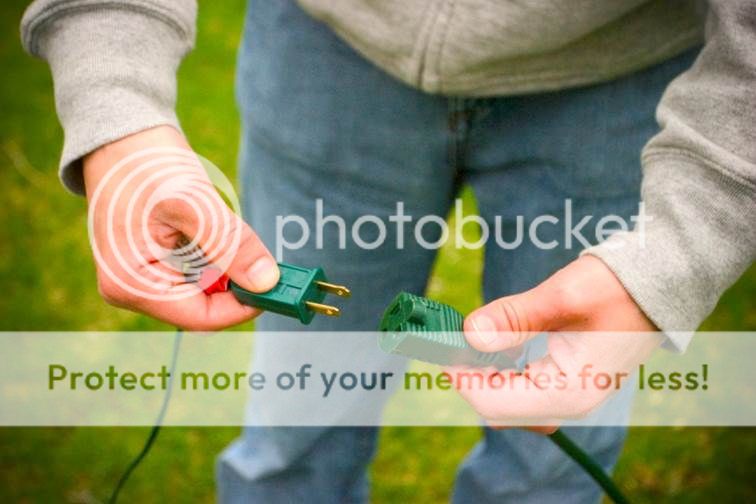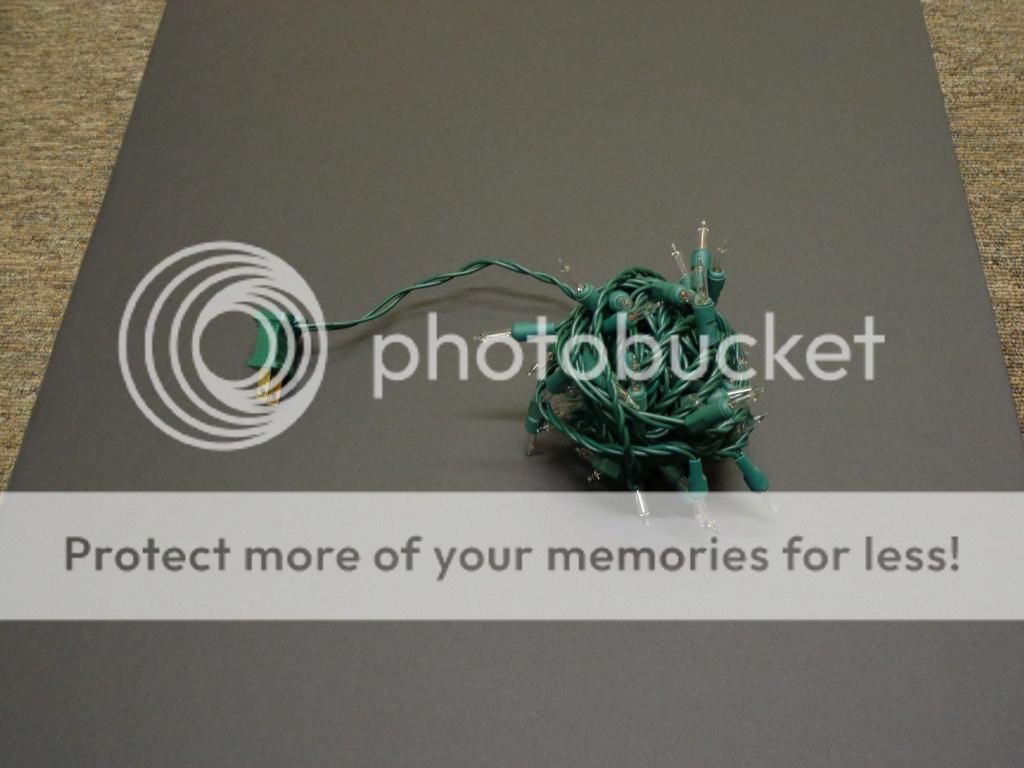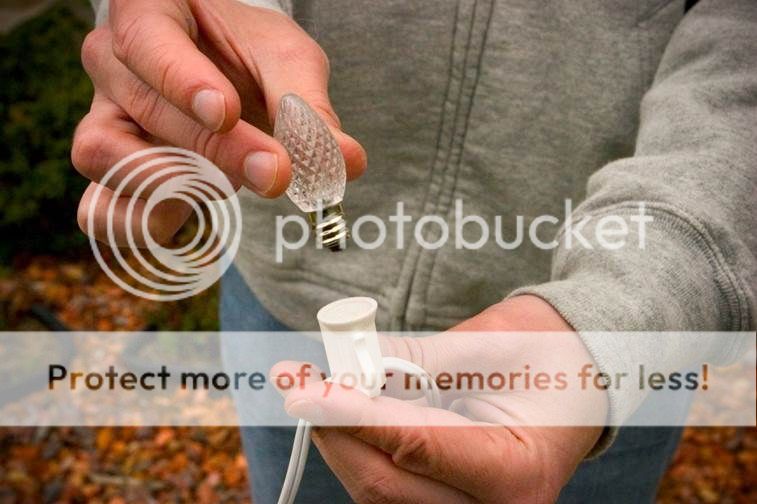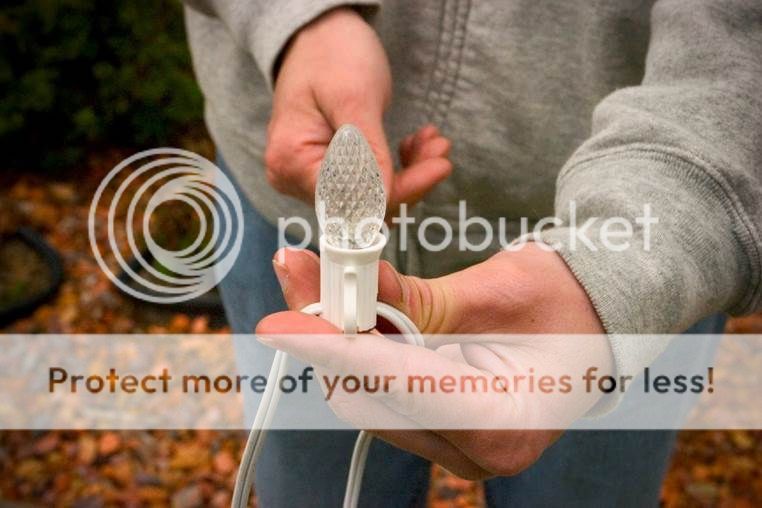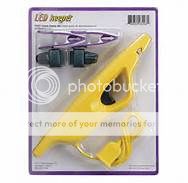Planning Christmas Lights: Christmas Is Closer Than You Think
It’s 80 degrees on a beautiful day in July as this blog is being written. A clear blue sky is streaked by a few wispy clouds; trees are decked in green foliage; the flowers are blooming in a riot of colors. Why in the world would I be planning Christmas lights today? There are several reasons:
- It’s more comfortable to test Christmas lights when the weather is beautiful than when it’s 10 degrees below.
- There’s plenty of time to get replacements or repair kits for holiday lights that flunk the test.
- It’s easier to plan your lighting theme when the weather is sunny and the visibility is clear.
- Lack of planning could make you a candidate to be recognized for an ugly Christmas lights award.
- Selection and availability of lights: get unique colors and products before they sell out for the season!
- Most importantly, the best time to save is during the summer. Look for great promotions on a wide range of products.
The first step is to test all of your lights, because a nonfunctional light set needs to be repaired or replaced now, not later. (And if you’re one of those people that puts the dysfunctional lights back in the box, don’t do it. (There’s a better way to handle old, dysfunctional lights: recycle!)
How to Test Your LED Christmas Lights
Take out all of your light strands. One at a time, plug each set of lights in, individually. When a set passes the light up test, put it aside and test the next strand.
If set a fails the light test, here’s how to proceed:
-
- The set doesn’t light at all, change the fuses in the male plug of the set.
-
- If the set still does not light, it means there’s a break in the wires or connection.
- If the set “half” lights, it means there’s a break in the wires, or that the connection in the middle of the set has gone bad. This is also something that can be fixed, but only with a special repair tool.
- If you have just a bulb that doesn’t light, your next step will depend on the type of bulbs you have in that set:
- If you have non-replaceable, 1-piece construction sets, you cannot replace this bulb. Unless the set is stretched out on a roofline, people won’t be able to detect one bulb being out. The good news is that you can use these “as is,” with no worries about safety hazards.
- If you have replaceable bulbs or Color-Rite 3-Piece Constructionsets, you can simply replace the bulb that is out.
- If you have LED Retrofit Bulbs, you can simply unscrew the bad bulb, and screw in a good replacement bulb.
There are supplies available to help you with your Christmas light testing and repairs: Mini Light Repair Boxes, Mini Light Testing/Repair Guns, and LED Testing/Repair Guns.
How to Develop a Christmas Light Plan
Now that you’ve tested your Christmas lights and ordered repair kits or new lights, it’s time to develop a lighting plan. Walk around your property with a sketchpad in hand and consider the following design elements.
Focal Point
Most noteworthy of all pick out a focal point on the building, and highlight that area. Also, choose landscape interests from the curb as well as from inside your home. Cluster lighted trees by color or type of tree. Remember to decorate focal points from the inside of the house also and include entertaining areas and the backyard. Place silhouette lighting in locations that don’t distract from the landscape.
Architecture
Highlight architectural features of the building or home. Choose architectural interests that give the home dimension and draw attention to its best features. Enhance the roofline, peaks, and dormers with Christmas lights. Illuminate large windows, doorways, arches, and pillars to create a dramatic effect. Consider where you may place wreaths and garlands that will enhance rather than distract from the architecture.
Color
Start with clear/white lights C7 or C9 on the roofline. Use color to create consistency in the landscape. Keep lighting on trees similar in color for trees that are the same sizes and types.
Create contrast by using multiple colors in odd numbers. Create depth by lighting foregrounds and backgrounds.
If you’re a person that has a hard time visualizing what could be, there is free software (from Softonics) available to help with planning your Christmas light design. It allows you to visually place lights and décor on images of your home or building.
With that said keep a few simple principles in mind:
-
-
- Don’t overdo it.
- Keep it consistent with your lighting style.
- Ask for help if you need it.
- Don’t delay. Planning ahead will pay off.
-

